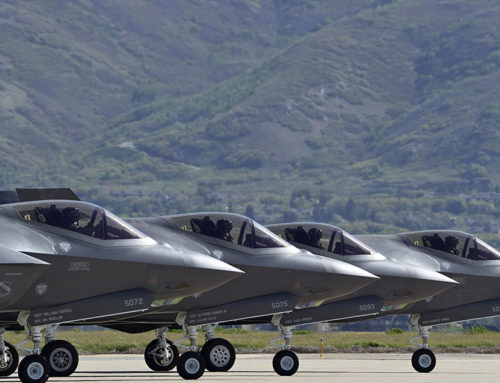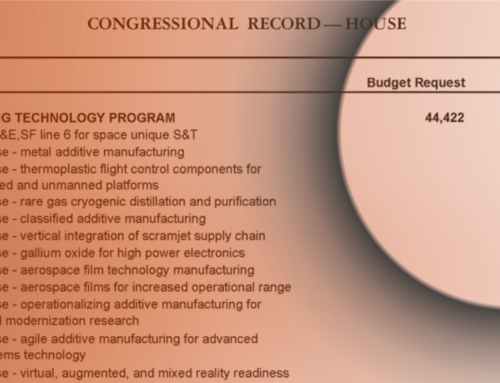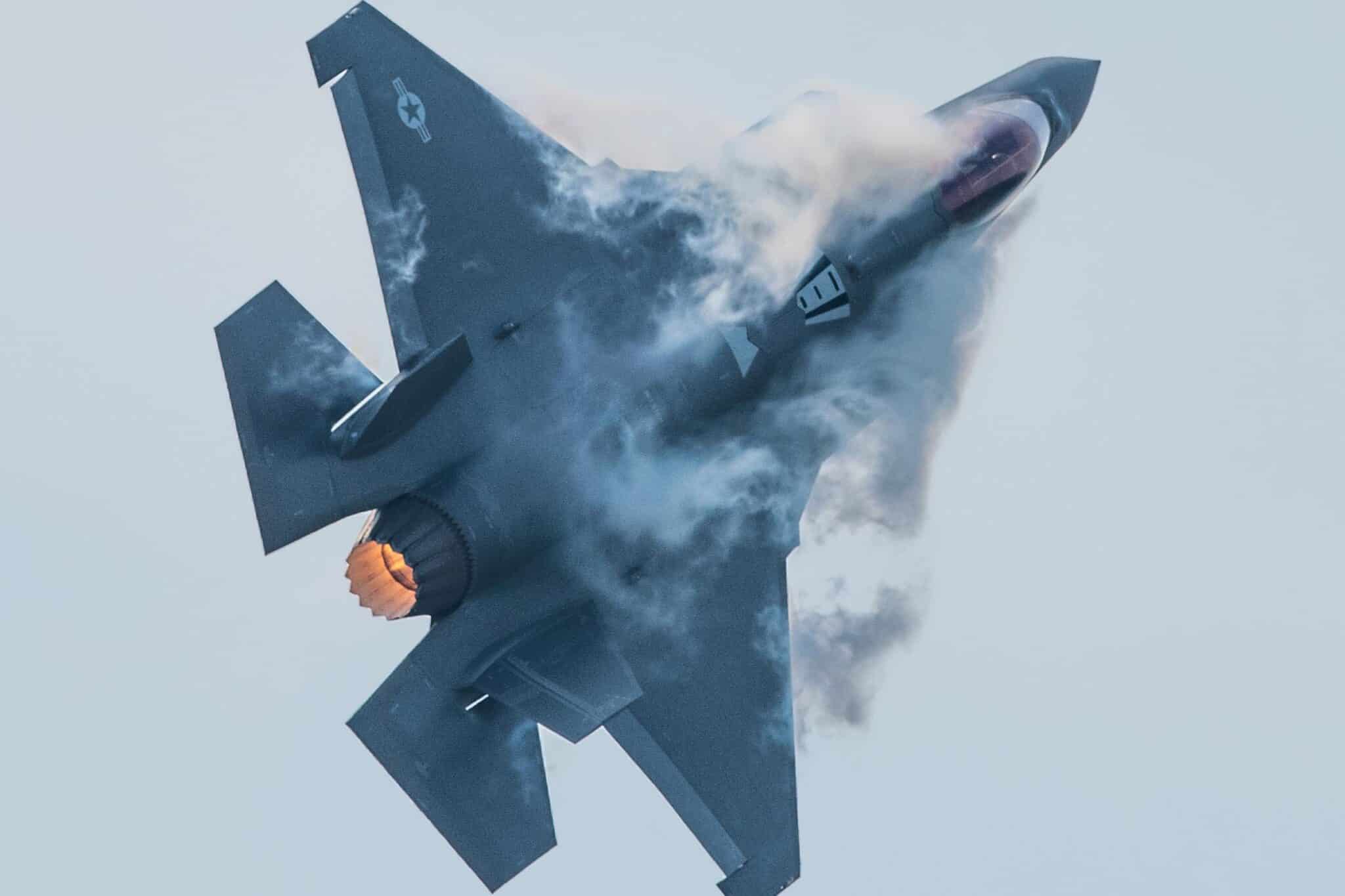With the Conference Report made public early Tuesday, the House of Representatives is hurtling toward a Wednesday vote on the Pentagon policy bill, colloquially known as the National Defense Authorization Act or NDAA. In a government obsessed with acronyms, evidently NDAA is thought to roll more easily off your tongue than the full name or the bill number, S. 1790.
In fact, nothing about this legislation should roll easily off anyone’s tongue. The conference report is 3844 pages long including the cover page and some appendices. Just the Table of Contents runs over 40 pages, single spaced, and in exceedingly small type. There are more than 7,000 sections listed in that Table of Contents. So, color us skeptical that many House Members will be fully aware of what is in this bill when they vote on it.
Of those 7,000+ sections, there isn’t a lot to bring Yuletide joy to the hearts of budget watchdogs. On the upside, the infamous “Coal to Kaiserslautern” program that has, for more than 50 years, been shipping coal from Pennsylvania to certain U.S. military bases in Germany was killed. Again. This legislation repeals a provision from last year that made the program a statutory requirement. For the previous few decades, lobbyists had to importune the appropriations committees every year to extend the program for the next fiscal year. That got tiring, we guess, and so this ridiculous example of crony-capitalism at its worst, was briefly made a statutory requirement. Thanks to an amendment by Rep. Huffman (D-CA) that has been repealed. Huzzah!
The monstrously expensive F-35 program has been burning a hole in the Pentagon’s budget for years. The common wisdom that once the planes have all been purchased, the costs of the program will ramp down is…how do we say this politely…poppycock! It’s the sustainment costs that will beggar other aviation programs in the Air Force, Navy and Marine Corps for decades to come. So, any attempts to hold the feet of prime contractor Lockheed Martin to the fire are welcome. One section of the Conference Report requires a quarterly accounting of F-35 sustainment costs as well as a cost reduction plan to be developed by the Pentagon. That’s a good start. Because you can’t control costs if you don’t know exactly what they are projected to be. They need to be made public to boot.
Another section requires the Secretary of Defense to seek relief from the prime contractors when they deliver noncompliant-ready-for-issue spare parts for the F-35. Let’s think about that for a moment. “Noncompliant-ready-for-issue” is just a fancy way of saying “faulty” without hurting anyone’s feelings. This provision arose from the recommendations of a Pentagon Inspector General Report. The Secretary of Defense “shall seek relief” from the contractors, so no wiggle room there. And the relief may be requiring the contractors to perform under the requirements of the contract, compensation for any costs incurred by the Pentagon, and anything else the Secretary determines to be appropriate. The amendment to require this change was offered by Rep. Cohen (D-TN) and is a definite win for American taxpayers.
Unfortunately, there are myriad provisions in the bill that do nothing to ensure your taxpayer dollars are being spent in ways that actually promote national security.
For instance, a common sense provision to make sure money Congress appropriates for the Pentagon are actually used for a military purpose was not included in the final bill. This provision would have statutorily barred spending Pentagon funds appropriated in the last five years from being transferred to build a wall on the southern border. The curious “five year” portion of this section is because the President was looking to raid military construction projects at home and abroad to build the wall. And, unlike other types of Pentagon funding, military construction dollars have a five year expiration date.
Whatever you think of the efficacy of building a wall, there is an entire federal department responsible for maintaining borders and other aspects of homeland security. That department is, wait for it, the Department of Homeland Security. That is where the money should come from to maintain border security. The Department of Defense, with a topline north of $700 billion, is being treated like a piggy bank for other federal agencies. Doing this breaks down the constitutionally-mandated primacy of the legislative branch in the role of appropriating federal funds. Whether you’re a Democrat or a Republican, whether you favor a border wall or not, abandoning necessary discipline over the spending of your money is bad for all taxpayers.
Also, in a move that should horrify anyone who cares about deficits or process, an entirely new military service was created. The new Space Force will be part of the Department of the Air Force. Like the Department of the Navy, which includes both the Navy and the Marine Corps, there will now be two military services under one department. A new military service will quickly grow to be a multi-billion dollar a year enterprise, despite the laughable claim by the former Secretary of Defense that this will only cost $5 billion. But, unfortunately, a “trade” was made: twelve weeks of paid parental leave for all federal employees in return for supporting the Space Force. Again, the Pentagon policy bill is being used as a vehicle for an issue that is not germane to the legislation. But everybody knows the NDAA will be passed every year, as it has for more than 50 years, so let’s slam it in there.
Finally, there are a number of the so-called “prohibition” sections of the bill. This is where Congress prohibits the spending of any Pentagon funds to accomplish an objective that a Member of Congress or, more likely, a contractor dislikes. So, the bill would prohibit the use of funds to reduce the inventory of aircraft carriers, or take any KC-10 aircraft out of service, and for sure don’t spend a lot of money of F-15EX prototypes because the Air Force is all-in for the wasteful F-35 instead.
As you can imagine, there are many, many of these smaller provisions in the whopping 3844 page conference report. We’re still reading. And we’ll keep posting about the things we find.













Get Social